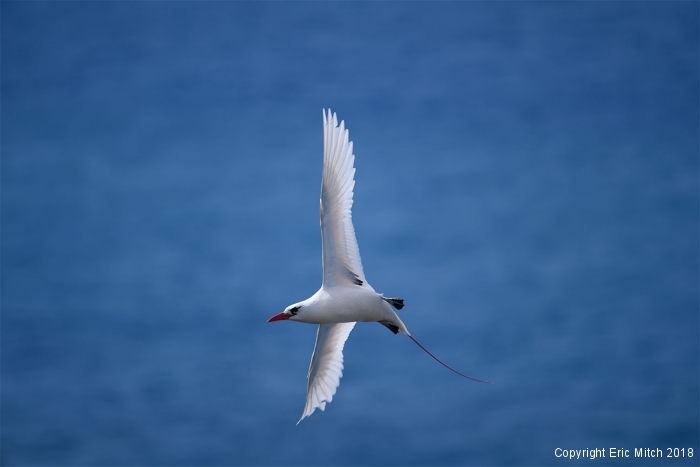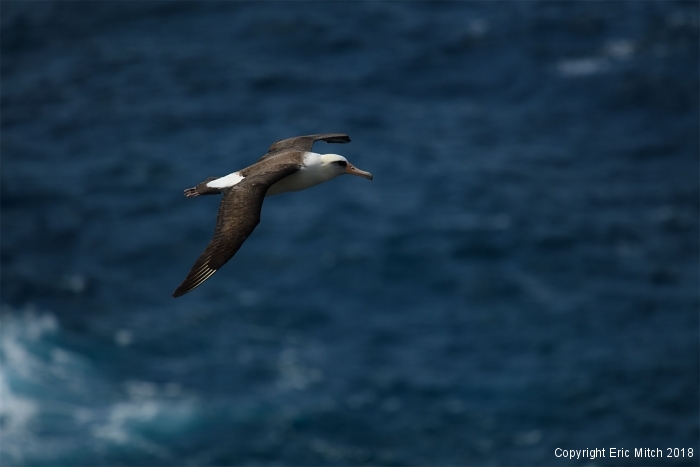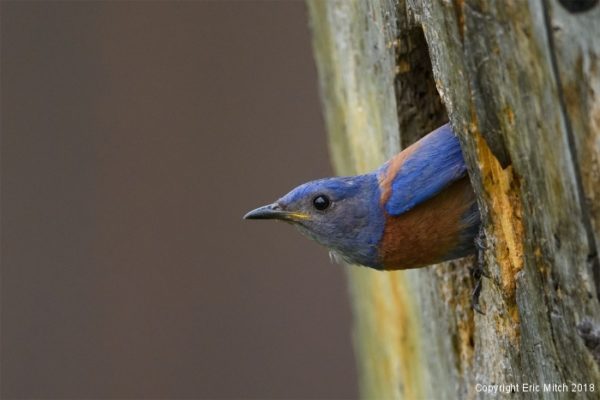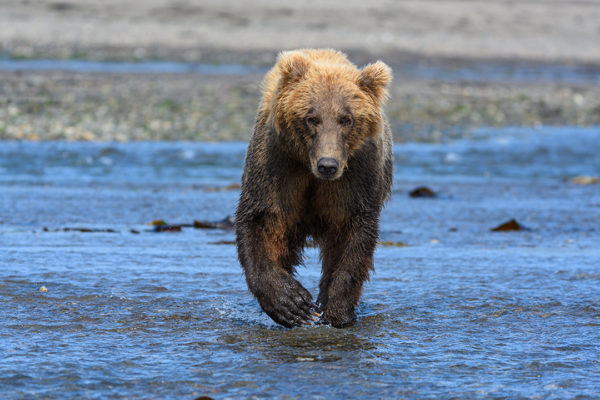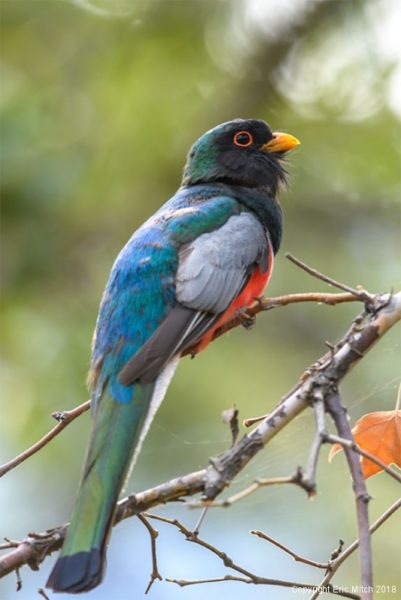Having the right camera setup can make all the difference in the world. And having a complicated rig hinders your ability to focus on the subject instead of fiddling with a bunch of camera settings. While the desired lens for bird photography is the mighty Nikon D5 with the 800mm attached, being tethered to a tripod can affect your movement and get in your way of adjusting to keep up with your subject.
Nikon hasw come out with what I think is a great wildlife lens for flying birds. The Nikkor 300mm f/4E PF ED VR lens is a great handheld wildlife lens that gives you the freedom to move with and focus on your subject. If you need more length, you can even pair the lens up with the great Nikon D500. That will give you an incredible 450mm in camera and pair that with high-speed crop (HSC) and you get 675mm! Of course at those lengths, you need awesome hand holding technique.
Now that you have a great rig to capture those birds, you can now focus on the subject. While you normally focus on the subject to get a great photo, you also need to be focusing on those backgrounds. Now that you aren’t worrying about maneuvering a huge lens fixed on a tripod, you have the freedom to move with your subject and go where your subjects goes.
If the case of the red-tailed tropicbird, I can focus on their gesture and make sure I have the primaries fully visible. I can also wait for the proper background and in this case, try to get a little bit of the back light coming through the primaries.
While photographing flying birds, you need to watch out for highlights. That could be cloud placement behind the bird. You don’t want to photograph a flying (especially white bird) against a gray sky. So wait for the blue sky to peak through the clouds. If you are photographing over water, like in the case of the great frigatebird, you can more easily focus on minimizing whitecaps in the waves that can be distracting highlights.
All of this flexibility combined in small lightweight package gives you an advantage. The rig is great combined with the larger D5/800mm. Put the D500 on a shoulder strap with the 300mm and even a Nikon TC-14E III and you can quickly grab it to get a bird in flight.
All of this gives you the arsenal to get that great bird in flight shot.
